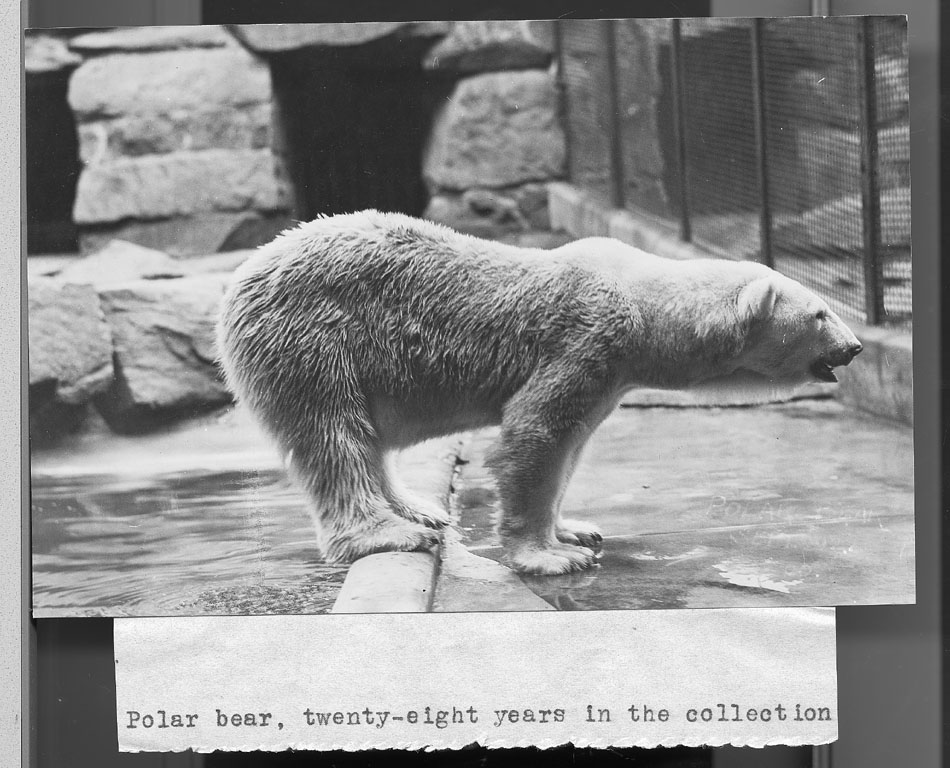Results for "United States Soldiers' and Airmen's Home"
- Document
MAH-4607
- Webpage
WWII: Collecting and Interpreting the War
- Date: June 27, 2016
- Description: Not only did the Smithsonian research in Washington, D.C., inform the course of World War II, the war also shaped the collections and research of the Smithsonian. Military medical staff sent thousands of specimens of disease carrying insects to the museum for identification. Soldiers stationed in far-flung locations provided the Smithsonian with collecting opportunities that

Gone But Not Forgotten: Former Animals at the National Zoo
- Date: May 27, 2014
- Creator: Mitch Toda
- Description: A number of animals who used to call the National Zoological Park home are no longer there.
Miniature Soldiers on Display
- Date: July-August 1953
- Webpage
WWI: The Smithsonian on the Home Front
- Date: June 17, 2016
- Description: Just as the war affected the home life of millions of Americans, it had a drastic impact on the three buildings of the Smithsonian. The biggest change occurred in the ‘new’ National Museum, also known as the Natural History Building, then the Smithsonian’s cutting-edge exhibit space. The Bureau of War Risk Insurance, a new division of the US Department of Treasury created to
Couple Enjoys "Black Wings" exhibit, Anacostia Museum
- Date: 1967
- Creator: Unknown
- Creator: Unknown
- Finding Aid
SIA RU009578, Louis R. Purnell Oral History Interviews, 1993-1994
- Date: 1993 1993-1994
- Creator: Purnell, Louis R., interviewee
- Creator: Smithsonian Institution Archives

Field Work and a World War
- Date: July 12, 2012
- Description: An examination of some of the field books of Bohumil Shimek, who documented the effects of WWI while doing research in Europe.
- Document
MAH-4610
- Webpage
WWI: Collecting and Interpreting the War
- Date: June 17, 2016
- Description: Because World War I was sure to go down in history, the curator of the History Division, Theodore T. Belote, began collecting artifacts documenting the war even before it was over. As the war wound down and soldiers started returning home, Belote and his superiors at the US National Museum worked with the War Department and contacts in the Army and the Navy to document the
- Online Publications
Joseph Henry's Letter to William Hammond (November 3, 1862)
- Date: November 3, 1862 Civil War, 1861-1865
- Creator: Henry, Joseph 1797-1878
- Creator: Henry, Joseph 1797-1878
"Black Wings" Exhibit Opens at National Air and Space Museum 09/1982
- Date: September 1982



